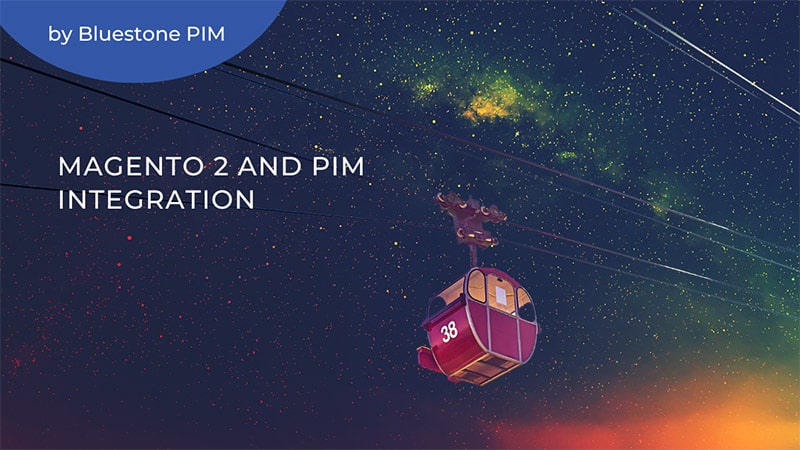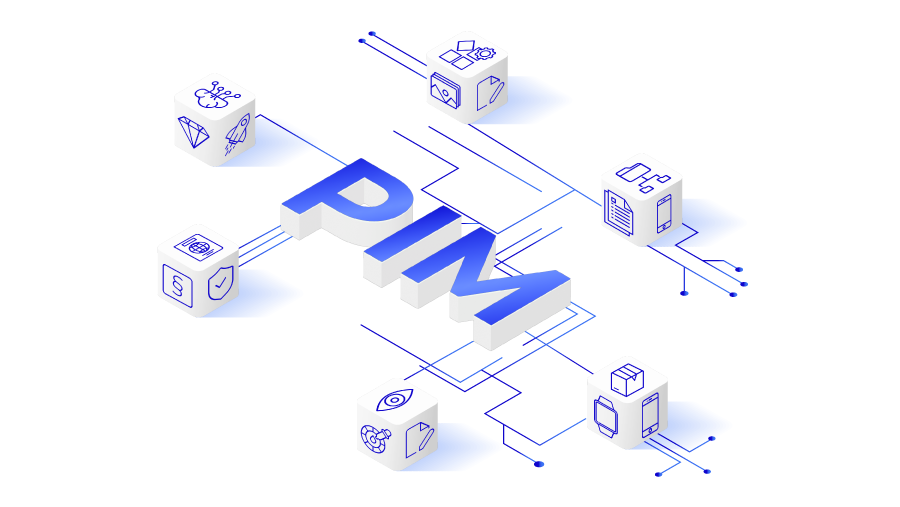Why On-Premise PIM Costs You So Much? 5 Signs You Overpay
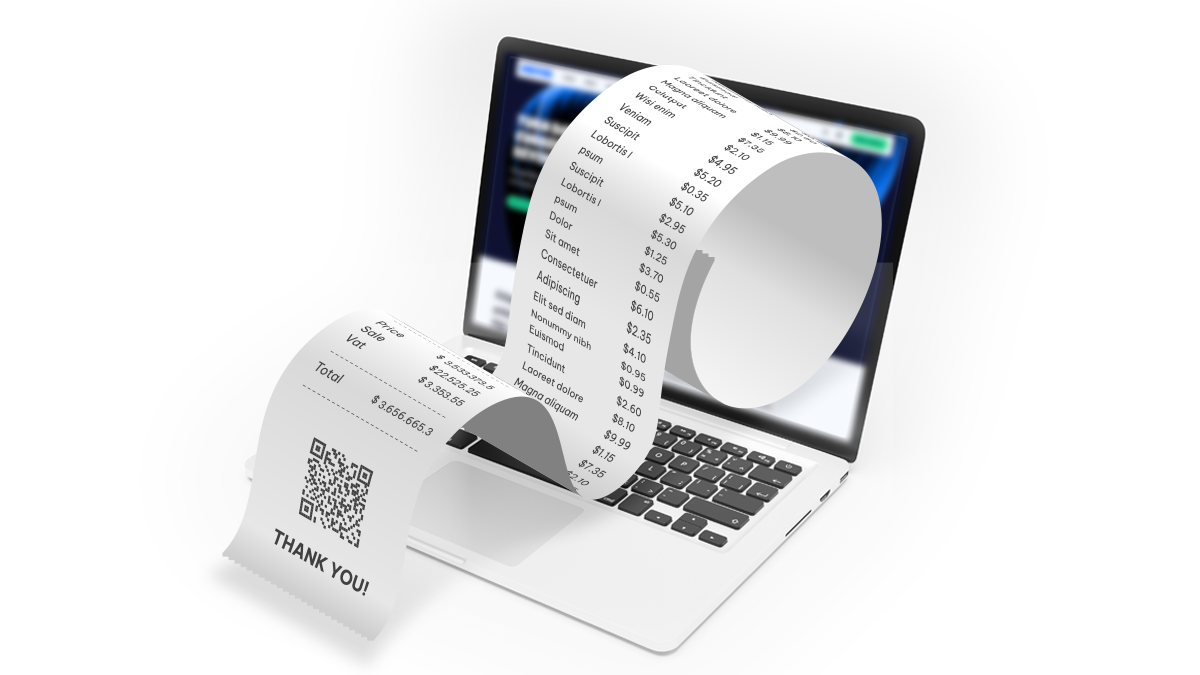
Managing thousands of SKUs in Ecommerce?
Get monthly tips to become the e-commerce pro your team needs.
Many companies hold on to their old on-premise PIM systems, thinking they’re saving money. But they might actually be spending more.
When you break down the real PIM cost: not just license fees, but time, upkeep, and missed opportunities, the picture often looks very different.
Wondering how much does a PIM cost in the long run?
Let’s break it down.
5 Signs Your On-Premise PIM System Is Costing Too Much
The problem is that real on-premise PIM costs often hide:
-
expenses pile up in the background,
-
delays become routine,
-
growth gets harder.
And before you realise it, your Product Information Management system is costing far more than it’s worth. Here are five signs your on-prem PIM is quietly draining your budget:
1. You’re Paying to Own Infrastructure You Don’t Need
On-premise systems come with a long list of hidden costs. It starts with upfront spending on hardware, licenses, and custom development. But it doesn’t stop there.
You’re also paying for internal IT to manage servers, security patches, backups, integrations, and upgrades.
If something goes wrong, your team has to fix it, and often with outside help that’s billed by the hour. Every upgrade becomes a mini project with costs and downtime attached.
In contrast, modern, composable PIM solutions are cloud-native, multi-tenant, and delivered as SaaS, so you don't manage infrastructure or chase updates, because they happen in the background. The result is lower total PIM costs and fewer disruptions, with your team free to focus on product growth instead of system upkeep.
Curious about PIM pricing compared to on-prem? You’ll likely be surprised by the savings.
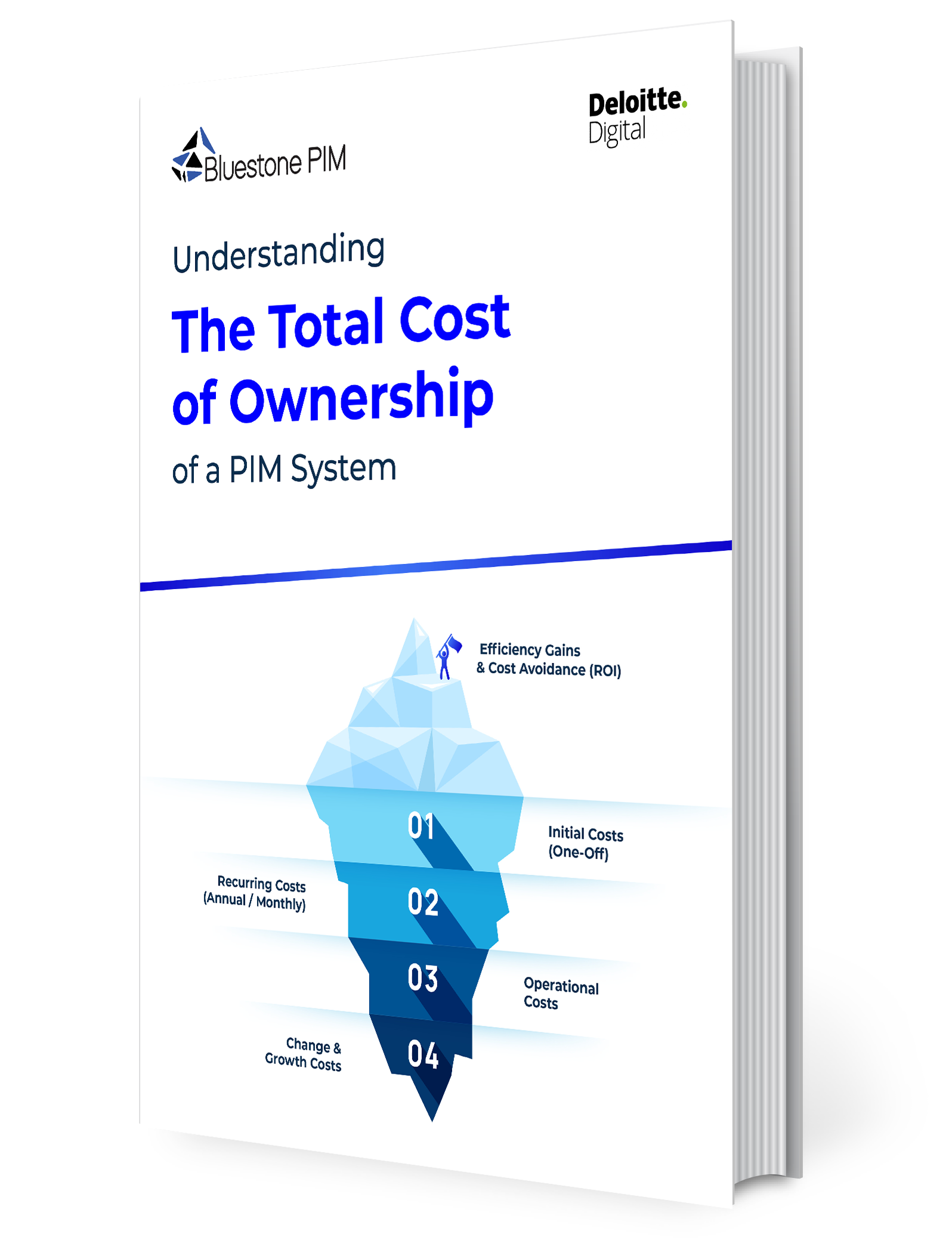
DOWNLOAD FREE E-BOOK
Discover the True Cost of Product Information Management
Uncover the full cost of owning a PIM system. Don’t let hidden expenses catch you off guard. Download our comprehensive e-book and make confident decisions from day one.
2. You’re Locked Into a Vendor or Technology Stack
If your PIM is part of a large suite, you’ve likely encountered vendor lock-in. You want to add a new feature or swap a component, but it’s not compatible unless you also upgrade the rest. That means more cost, more time, and often, more frustration.
Legacy PIM platforms were built to be rigid. Custom integrations and workflows are hardwired, making it expensive to change anything down the line.
A composable PIM works differently. It connects via APIs and runs as microservices. You can replace parts, scale up features, or switch tools without replatforming the whole stack. That flexibility keeps you future-ready and cost-efficient.
See if a composable PIM is the right solution for your business:
3. You’re Paying for Features You Don’t Use
One of the more frustrating aspects of traditional PIM systems is how much you're charged for features that gather dust.
Those complex add-ons might look great on paper, but if no one’s using them, they’re just eating into your budget.
Composable solutions like Bluestone PIM let you pick and activate only what you need. Want product bundling or campaign scheduling? Add it. Don’t need a supplier portal? Skip it. You pay based on real usage, like the number of SKUs, API calls, or services enabled.
That kind of PIM pricing model makes it easier to budget and justify costs, especially when priorities shift.
4. You Rely on Manual Workarounds
If your team spends hours wrestling with spreadsheets, fixing errors, or chasing updates across departments, that’s time (and money!) being lost every day.
On-prem systems often lack the automation, integrations, and AI support needed for modern commerce. Things like translations, completeness checks, image tagging, and content distribution get handled manually.
Bluestone PIM automates most of these thanks to AI features. Bulk edits, smart suggestions, rule-based workflows, all of which are designed to save time and reduce errors. That means faster product launches and lower PIM fee per product delivered.
Download the e-book to see how top retailers use AI to improve results.
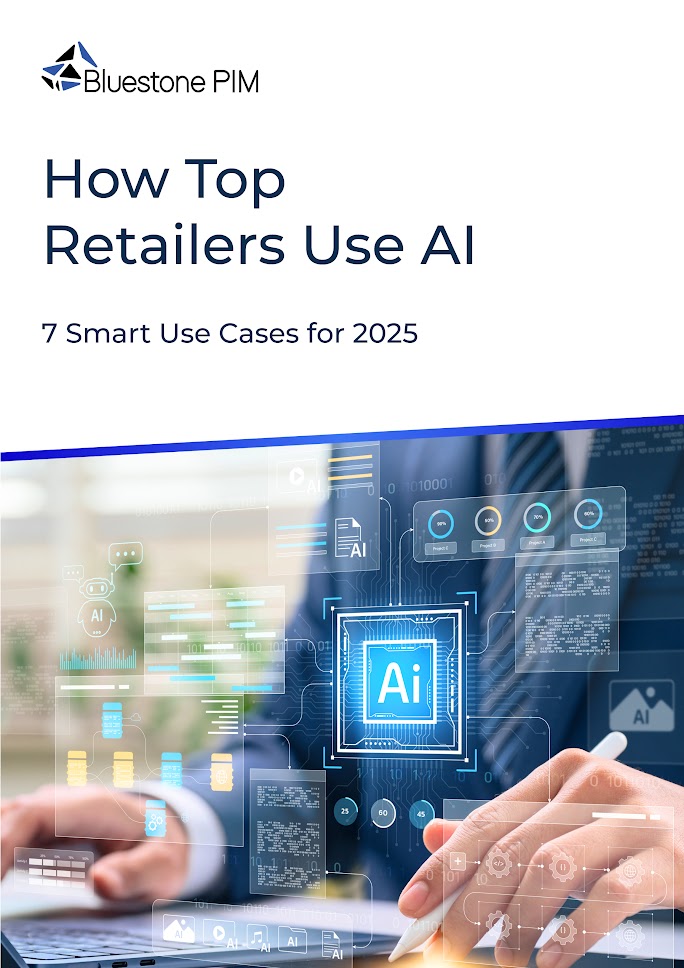
DOWNLOAD FREE E-BOOK
7 Smart Use Cases for 2025
Packed with real examples, practical tips, and the tools behind the strategies, this e-book is a must-read for retail and e-commerce leaders who want AI to really work for their business.
5. Your System Holds You Back from Scaling
Let’s say you want to expand into a new region, launch a new sales channel, or add a new brand. With legacy PIM, each step feels cumbersome.
New attributes need to be mapped. New workflows must be built. Integrations require custom code. It’s slow, expensive, and often disruptive.
Composable PIM platforms are built for this. They support API-based syndication, country-specific versions, and real-time data sharing across all touchpoints.
You can add new channels without rebuilding the system, speeding up your time to market and lowering long-term PIM cost.
Bonus: How to Calculate Your Real PIM Cost (TCO)
If you suspect you're overpaying but want to be sure, start by calculating the Total Cost of Ownership (TCO) of your current PIM system.
This means looking beyond the obvious license or hosting fees. Include the cost of upgrades, downtime, support tickets, third-party consultants, hardware, IT labour, missed opportunities.
Once you add it all up, many legacy PIM systems turn out to be far more expensive than expected, and they deliver far less value.
A TCO review can be an eye-opener and a great way to justify the switch to a more modern, flexible system.
Still wondering how much a PIM costs when you factor all of that in? Often much more than the number on the invoice. Ask your vendor for a breakdown or use our TCO checklist to benchmark your current spend accurately.
If Your PIM Feels Expensive, It Probably Is
If any of these signs sound familiar, chances are your PIM system is no longer pulling its weight.
Switching to a MACH-based, composable PIM like Bluestone PIM is a strategic upgrade. You get more flexibility, better performance, and a PIM pricing model that aligns with how your business actually works.
Why not take the first step today? Speak to our team or book your free Bluestone PIM demo and see how easily you can future-proof your product data and cut your long-term PIM costs for good.
See AI-powered PIM in action
Talk to our experts today and discover how Bluestone PIM can address your needs.



